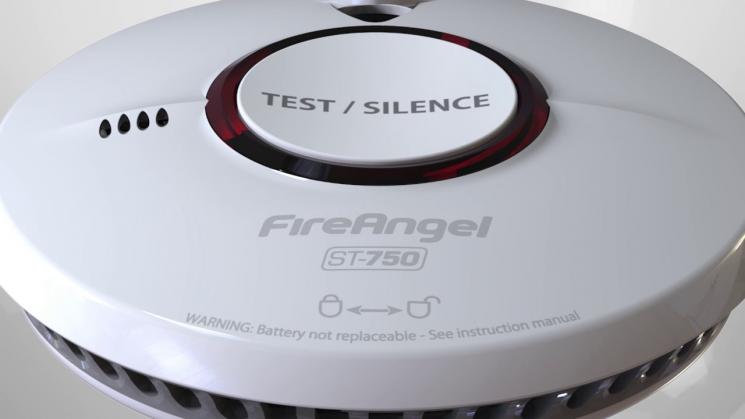Smoke alarms
The warning a smoke alarm provides can save your life. But what type of alarm is best for your home?
Read our tips on choosing, installing, and maintaining smoke alarms (including how often you should change the battery). Find out how many smoke alarms you need, where to put them and what to do if your smoke alarm keeps going off.
There are special smoke alarms for people who have conditions that may make escape difficult or are vulnerable. See our page about smoke alarms for vulnerable people.
You might also be interested in finding out about carbon monoxide alarms.
Where to put smoke alarms
We recommend you have one smoke alarm in your hallway and one at the top of your stairs. You could also have smoke alarms in your bedrooms.
In smoky or steamy rooms like your kitchen or bathroom, a heat alarm is more suitable. Heat alarms go off when the room reaches a certain temperature. They are just as easy to fit as smoke alarms, and you can buy them for as little as £10 from DIY stores and online.
How many smoke alarms do I need?
The more alarms you have, the safer you'll be. As a minimum, you should have one on each level of your home.
Choosing a smoke alarm
Here are our recommendations for finding the best battery-powered smoke alarms (available from most DIY stores and online).
- Alarms that have a 10-year sealed battery are preferred. However, alarms which require the battery to be replaced regularly are quite acceptable.
- Make sure any alarms you buy are marked with a current British Standards or European (CE) safety mark, which shows they are approved and safe.

Other types of alarm detection
Although we want you to have a smoke alarm on every level of your home, we don’t recommend fitting a smoke alarm in the kitchen. If you would like an alarm in the kitchen it needs to be a heat alarm. A heat alarm will give you a warning of an increase in temperature caused by fire but will not be set off by cooking fumes.
Some battery or mains alarms can be interlinked, so that when one alarm detects a fire they all go off together, giving you a warning wherever you are in your home.
It's also possible to fit extra automatic 'fire suppression' systems at home – that's things like sprinklers. These are a great idea if there's anything that might prevent you from escaping quickly.
Fitting a smoke alarm
Installing a smoke alarm only takes a few minutes - just follow the manufacturer's instructions.
Smoke alarms should always be mounted on the ceiling, near the middle of the room or hall, and at least 30cm (one foot) away from a wall or light.
Testing your smoke alarm
An average of 90 people die each year due to the battery in their alarm being flat or missing.
To keep your smoke alarm in good working order:
- test it once a week, or once a month as a minimum, by pressing the test button until the alarm sounds
- change the battery once a year (unless it's a ten-year alarm)
- vacuum or dust your smoke alarm once every three months to prevent false alarms.
Most smoke alarms need replacing after 10 years. Check your warranty and replace your alarm every 10 years.

In the event of a fire: get out, stay out and call 999.

